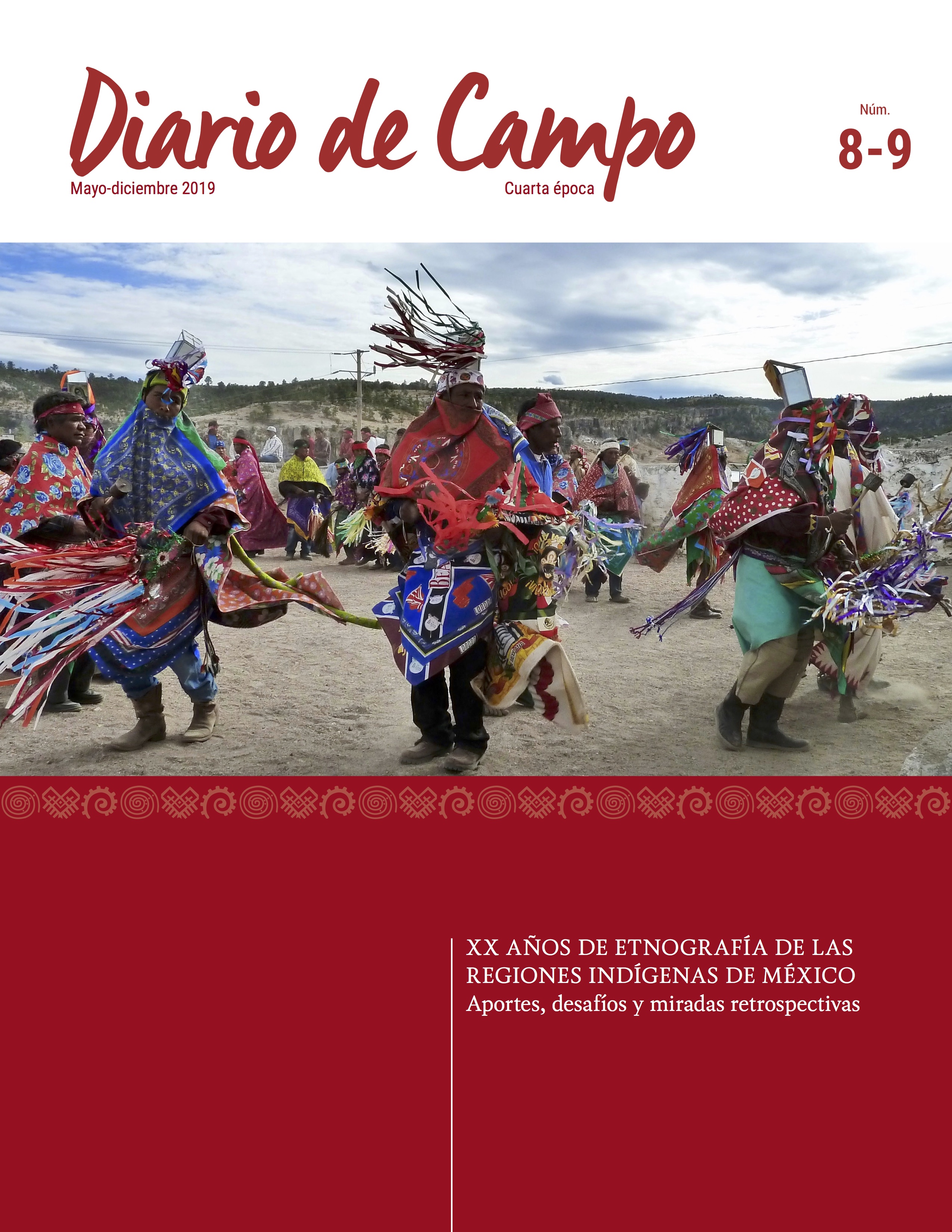Peritajes antropológicos
Expert Opinion in Anthropological Sciences for the Community of San Ildefonso Chantepec, Tepeji del Río, Hidalgo
Published 2021-10-12
How to Cite
Expert Opinion in Anthropological Sciences for the Community of San Ildefonso Chantepec, Tepeji del Río, Hidalgo. (2021). Diario De Campo, 8-9, 238 a 245. https://revistas.inah.gob.mx/index.php/diariodecampo/article/view/17233
Abstract
The article in this section presents the case of the residents of the community of San Ildefonso Chantepec, Hidalgo, who in 2009 filed a lawsuit before the state authorities to be recognized as an indigenous community and exercise their cultural rights. This expert opinion was prepared by members of PNERIM, which shows that the anthropological research generated in the Program has been relevant in the field of defense of culture and the territory of indigenous peoples.Downloads
Download data is not yet available.
References
- Brambila, Rosa (1997). “El Centro norte como frontera”. Dimensión Antropológica, 9-10, pp. 11-25.
- _________ (2001). “El topónimo de Jilotepec ¿un doble significado territorial?”. Dimensión Antropológica, 22, pp. 35-59.
- Calva Reyes, Adela (2008). Ra hua ra hiä. Alas a la palabra. México: PACMYC / Centro de documentación y asesoría hñähñu / CONACULTA.
- Gamboa, Claudia y Valdés, Sandra (2018). Los usos y costumbres de lenguas indígenas. Derecho comparado a nivel estatal. México: Cámara de Diputados.
- Guerrero, Alonso (2014). “Aspectos cuantitativos y cualitativos del peritaje lingüístico”. En Pedro Martín Butragueño y Leonor Orozco (eds.). Argumentos cuantitativos y cualitativos en sociolingüística (pp. 613-642). México: El Colegio de México.
- ________ (2016). “La determinación de derechos lingüísticos: diseño de peritaje por encuesta sociolingüística”. En Luis René Guerrero y Carlos M. Pelayo (coords). 100 años de la Constitución mexicana: de las garantías individuales a los derechos humanos (pp. 295-311). México: UNAM.
- Lastra, Yolanda (2006). Los otomíes: su lengua y su historia. México: UNAM.
- López Aguilar, Fernando (2005). Símbolos del tiempo: inestabilidad y bifurcaciones en los pueblos de indios del Valle del Mezquital. Pachuca: Consejo Estatal para la Cultura y las Artes.
- Ma Nguhe, Desarrollo Comunitario y Cultural (2007). Curso básico de la lengua hñähñu en 20 lecciones. México: Desarrollo Comunitario y Cultural Ma Nguhe, A.C. / CDI.
- Melville, Elionor (1999). Plaga de ovejas. Consecuencias ambientales de la conquista de México. México: FCE.
- Ruiz de la Barrera, Rocío (2011). Breve historia de Hidalgo. México: FCE.

